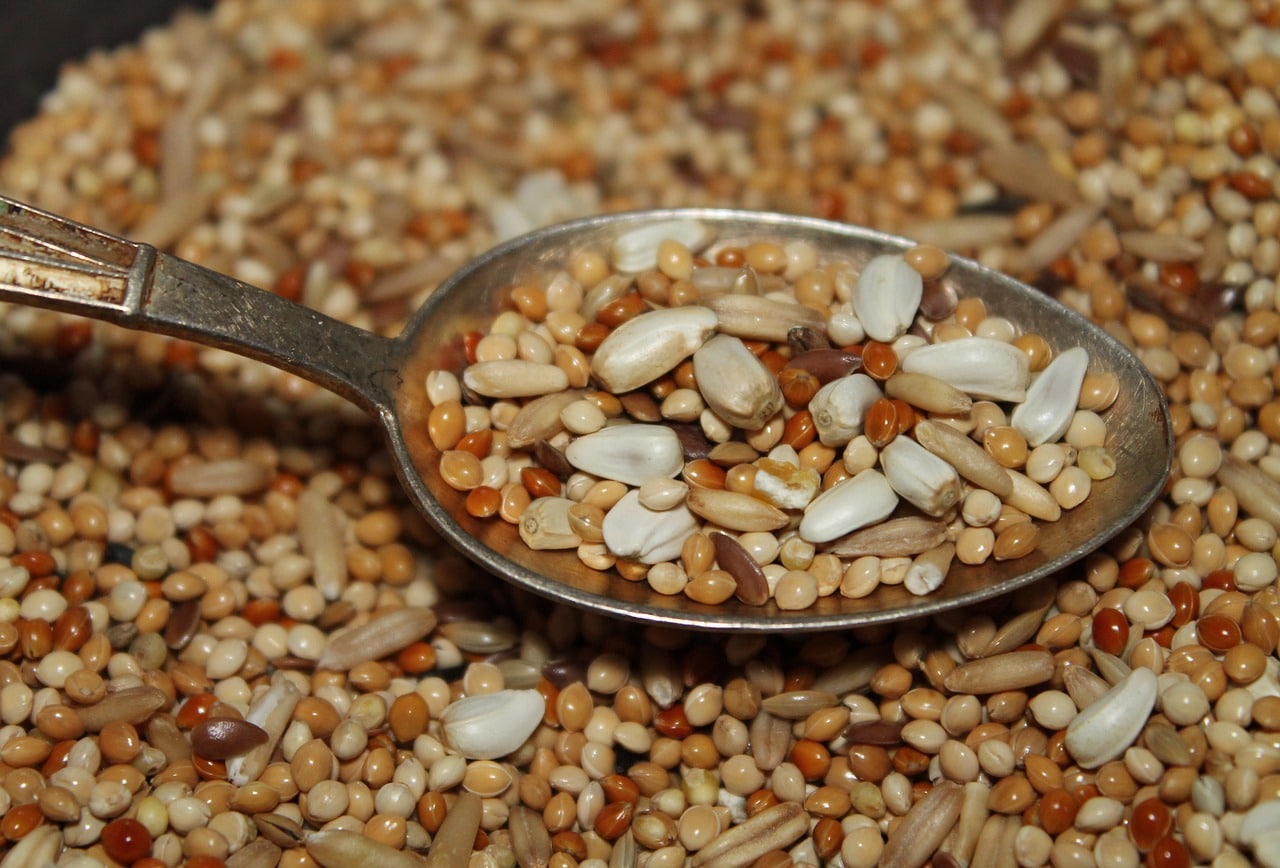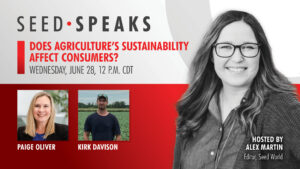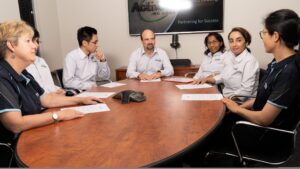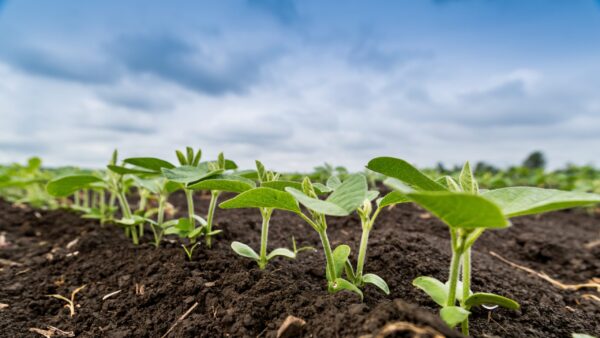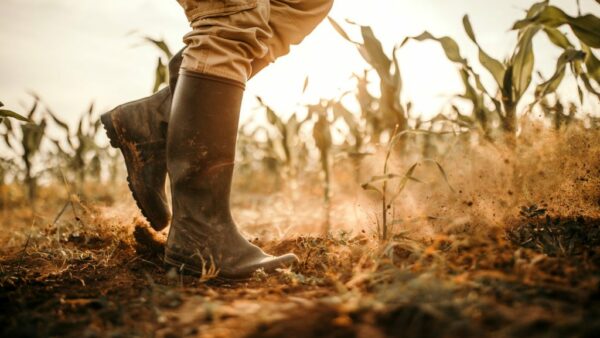A session at the American Seed Trade Associations CSS and Seed Expo Virtual explores new market horizons.
There’s been a sudden shift in consumer desires. You’ve all probably felt it — instead of generalized products, new, customizable products are hitting shelves. Think about it: customizable hair care products, customizable vegetable deliveries and even customizable meal prepping boxes.
Agriculture is no different as the American Seed Trade Association (ASTA) highlights in their newest program called “Seed to Spoon,” during their Virtual CSS and Seed Expo 2020.
Moderated by Jim Blome, CEO of Calyxt, Blome notes that his goal was to shine a light on the opportunities that these customizable products open up to those in the seed industry.
“The world is in a precarious place,” Blome says. “Industries and companies are facing mounting pressures to be a part of the solution to our challenges. The future demands healthy and sustainable innovation, which is where plant-based solutions come to revolutionize the world by using plants to solve problems.”
According to Blome, there are four key trends where plant-based innovations can have a broad applicability: functional nutrition, changing crops for a changing world, plant-based innovations revolutionizing industrial markets, and finally, plant-based therapeutics.
“All of these potential plant-based consumer centric solutions have the same needs,” he says. “They need to get planted by the farmer. They need to be delivered through dedicated supply chains to the consumer. And that brings us to our theme.”
SUBHEAD: Sustainable Practices Top of Mind
Two panelists joined Blome. The first was Chris Harbourt, global head of carbon at Indigo Ag, followed by Jason Weller, vice president of Trutella. Both Indigo and Trutella are looking at different ways to approach these new markets.
Something on the top of their minds? Sustainable practices, and how those practices can propel your company forward when it comes to looking for strategic markets.
In a world being driven by customers, offsetting consumer, farmer and industrial impacts — especially when it comes to carbon sustainability — is important.
“There are companies outside of agriculture, and they approach this by thinking about how they’re offsetting their footprint,” Harbourt says. “Not only that, but they think carefully about how their customers view them overall.”
“The only way we can achieve that is by helping the farmer achieve the right seed package and the right agronomic system,” Weller says.
When it comes to what Indigo is looking for in terms of carbon programs in other companies, Harbourt says a lot of it has to do with expanding knowledge.
“What we’re looking for is a broadening of what we think of as growing, not just what you’re doing during the classic planting to harvest season annually,” he says. “It’s important to think into the offseason as well, and in particular, what’s going on with the cover crop and tillage system throughout the year.”
Foundationally for Weller, it’s important to be able to ensure a farmer’s success.
“Seed companies right now are predominantly focused on the grower,” he says. “If you can ensure a farmer success, ROI for the farmer on their seed budget and their overall working capital budget, then that’s the first thing to start with.”
Oftentimes, Weller says seed companies are looking too far into the future when it comes to sustainable practices.
“All too often, we see that companies are focusing way too far downstream, and by downstream, that means trying to propel consumers into action and trying to answer the literal and figurative atmospheric questions,” he says. “But then, they’ve overlooked the most foundational piece, which is what needs to happen on the farm.”
And then, when it comes down to it, Weller and Harbourt agree: It’s imperative to look down the line on the farming operation — not just what’s happening throughout the planting to harvest year, but what’s happening on the operation during the off season.
When it comes to crops bringing value from the seed to the spoon, Weller says there are two different goals he sees: the short-term, consumer driven trend (think your vegetable crops, leafy greens, fruits) and the long-term drivers (the row crops).
“The real game changer is if we want to prepare our grain basket of this country for what’s coming: a changing climate,” Weller says. “That’s going to require a big-time movement across the main cereal crops and grain crops. If you look at the regions of where corn, soybean and wheat are grown, that’s also where the greatest potential for carbon drawdown is.”
Harbourt says there are potential opportunities that open up, especially in the commodity crops that can be turned into a food product ingredient.
“The first on that list for me would be wheat, because you can take it from the field and grind it into flour, which is the first ingredient in a lot of products,” he says. “In the sustainability world, wheat’s been one of the first to fall. And there’s more complexity around commodity crops such as soy and corn.
“We’ve got a mentality of thinking on a small scale,” Harbourt continues. “But when we can start to think in terms of a big picture and thinking of millions and hundreds of millions of acres, we can start to think cleverly. That’s when you look at the supply chain we already have in place and start to say, ‘Hey, I need to take a page out of the book of the sugar industry.'”
When it comes down to it, their message is simple: every dog can learn a new trick.
SUBHEAD: Traceability from Seed to Spoon
Another growing trend to take advantage of is traceability, but there’s a question that overhangs: is the grain sector poised to have that traceability link?
“That will happen when there’s a proven demand and a willingness to pay a premium for the commoditized asset,” Weller says.
Trutella has been working on an approach where they’re trying to use precision ag to track at a very fine scale what’s happening in the field. From there, it’s about being able to track the sustainability components, how the grain was grown and the environmental benefits of that production system.
“Grain is a huge, massive commodity,” he says. “It is not sufficient to segment the grain unless there’s going to be a willingness to pay or a premium or some kind of market access requirement for that grain.”
Harbourt agrees that it’s difficult to segment portions of the grains industry.
“When we look to the infrastructure overall, it’s hard to view it big picture,” he says. “From a sustainability perspective, as well as from a logistics sourcing, durum wheat is something that comes to mind.”
Durum wheat is grown right up on the border with Canada, but they’re sensitive to moisture, which, in late seasons, can harm durum wheat harvests.
“Instead of chasing sourcing in those areas, they’re chasing quality, because their product is so tightly connected to the quality of that product,” Harbourt says. “In some cases, we can fix this traceability with technology. But unfortunately, in others, it comes down to the luck of the draw. I think we can be successful in some areas, but other regions still can be challenging.”
All-in-all, there’s one thing for certain: the seed industry has amazing opportunities up in front of them, especially when it comes to the future of sustainability and traceability.


